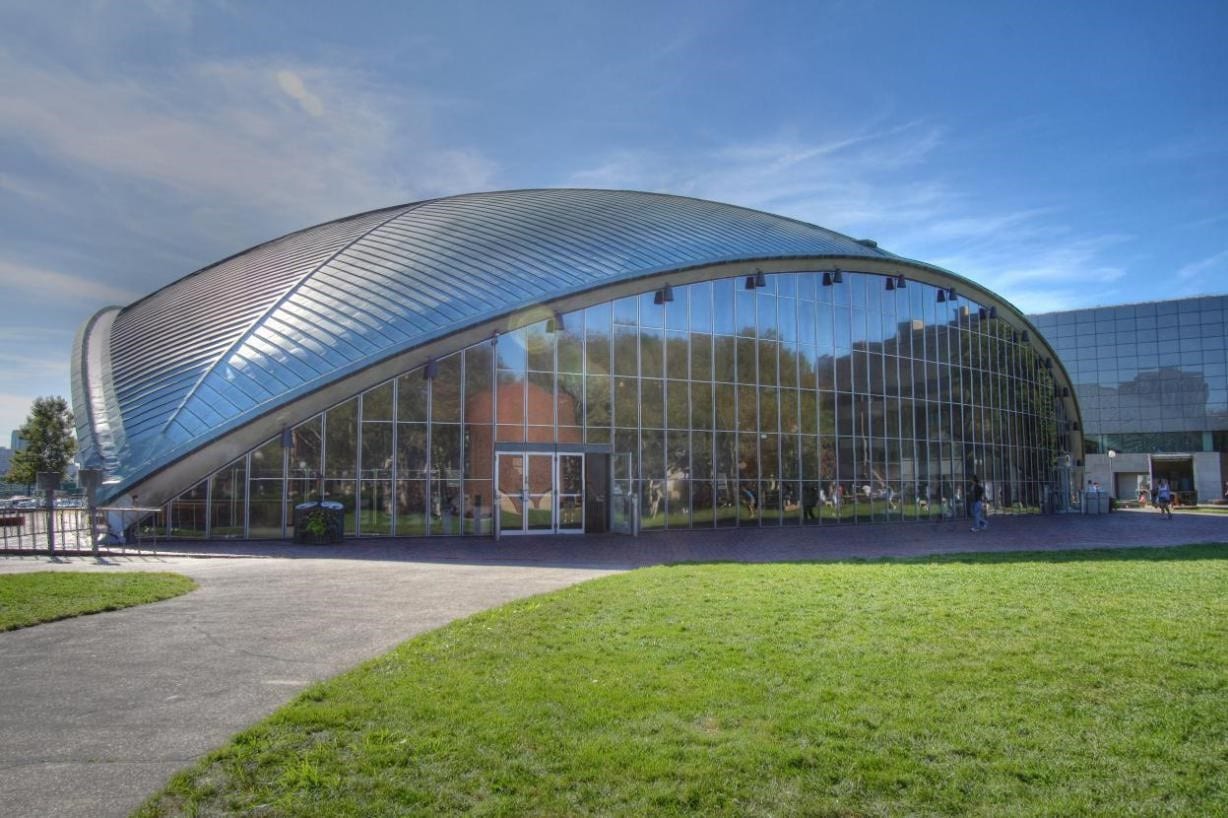The rapid rate in which technology is evolving is changing the world around us on a day-by-day basis. Researchers from a number of reputable sources are already claiming that nearly half of all jobs could be automated within the next two decades with the speed of today’s innovative companies.
[pullquote]This transformation – nicknamed by some as the “fourth industrial revolution” – is already well underway, with self-serving checkouts and factory machines just two examples of how innovation has already changed the way we shop and work.[/pullquote]
While this “revolution” certainly has the potential to cause threats to preexisting labor markets, it could also change the way in which we live our lives for the better. There are many innovative companies across the world that a consistently breaking new ground. New medical breakthroughs could have a positive impact on our health while greener ways of generating electricity have the potential to bring down the cost of living substantially.
To celebrate the countries at the forefront of positive change, we’ve analyzed the World Economic Forum’s most recent Global Competitiveness Report and come up with a list of the five most innovative countries in the world. These countries are creating tomorrow’s technology before tomorrows comes.
Top 5 Most Innovative Countries In The World
Mission Control Room of ESA at the European Space Operations Centre (ESOC) in Darmstadt, Germany. Source: Wikimedia
5. Germany
Each year, Germany spends around €80 billion on research and development – a figure that can only be beaten by the United States, China, and Japan.
The country is also one of the driving forces behind innovative and renewable energy, with some 340,000 employees now working in the sector.
With University tuition fees having been abolished in 2014 for both national and international students, the European powerhouse is certainly positioning itself for an even brighter future.
Solar panels in a house in the Netherlands. Source: Wikimedia
4. The Netherlands
Due to its small size and lack of natural resources, the Netherlands has been forced to shift away from a traditional buy, use, and dispose economy to stay competitive.
Using a circular economy theory, the country’s long-term growth is very much based on using sustainable and reusable design and technology.
This approach has been back up by the country’s high-quality scientific research institutions, as well as its close links between the private sector and universities.
Kresge Auditorium at MIT. Source: Wikimedia
3. The United States
No other country on the planet invests more in research and development than the United States, reinforcing its reputation as one of the world’s leading lights in medicine and science.
The United States is also home to the most popular universities on the planet, attracting some of the brightest talents from around the globe.
Thanks to its large market size, strong infrastructure, and social importance, the country is expected to lead the world in the implementation of new technology throughout the 21st century.
Students at Ourspace, Singapore. Source: Wikimedia
2. Singapore
Despite having a population of just over five million people, Singapore has proved to be the go-to Asian destination for big businesses and investment in recent years, partially due to its common use of the English language.
It’s geographical location, ideally near to the business juggernaut of China, has also made the country an attractive location for technology companies such as IBM to invest. Many of the world’s largest universities have also started to open campuses in the country.
This welcoming of innovation and change has seen some 42,000 start-up businesses bloom over the last five years, with one in ten of the working population now owning their own company.
Globe of Science and Innovation, Switzerland. Source: Wikimedia
1. Switzerland
The hills are alive with the sound of innovation in Switzerland, with the country having the highest ratio of European patent applications in relation to its population.
Switzerland’s long-standing reputation as being one of the world’s tax havens for large corporations has also seen huge sums of money investing in the country, with 30% of Fortune 500 companies having some physical presence within its borders.
Over the last 15 years, the country has also managed to decrease its rate of co2 emissions while still enjoying the benefits of a growing economy thanks in large part to its continued investment in greener technology.
For more information about the world of tomorrow, click here!





COMMENTS